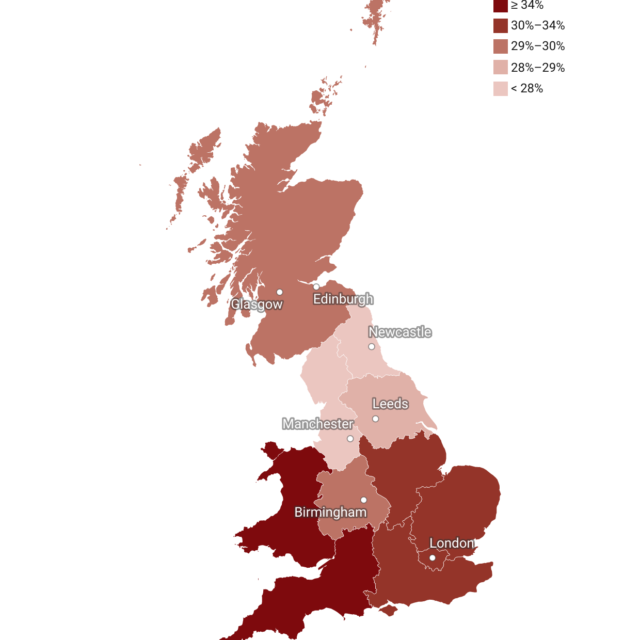The Nature of the Inflationary Surprise in Europe and the USA
This paper combines data and economic theory to explain how the nature of inflation has evolved over time in the euro area, United Kingdom and United States since the onset of the Covid-19 pandemic. To do so, the paper divides the post-Covid ‘inflationary surge’ into four periods: the Covid shock period, the economic reopening period, the post-reopening period, and the post-energy-shock period. This four-period framework enables us to pinpoint how the sources of inflationary pressure have changed over time and have affected economies distinctly – both of which are crucial for assessing central bank responses to high inflation.
 Pub. Date
Pub. Date
21 March, 2024
 Pub. Type
Pub. Type

Main points
- The nature of the various post-Covid inflationary surprises has evolved over time, and differently so in the United Kingdom, United States and euro area.
- The United Kingdom, United States and euro area all experienced a partial economic shutdown during the Covid shock period (2020 Q1 - 2020 Q2), resulting in negative supply and demand shocks which were jointly disinflationary.
- During the economic reopening period (2020 Q3 - 2021 Q4), general overheating associated with economic reopening and fiscal stimuli, supply and demand mismatches, and supply chain disruptions all drove inflationary surges, particularly in the USA. In all three economies, simultaneous negative supply and positive demand shocks were jointly inflationary.
- In the post-reopening period (2022 Q1 - 2023 Q1), energy and food price increases following Russia’s invasion of Ukraine led to large increases in inflation in all three economies, particularly in Europe, while labour market tightness shocks generated significant wage and price pressure in the USA and United Kingdom. As in the second period, negative supply and positive demand shocks were jointly inflationary in this period – though the supply shocks were driven by exogenous energy price increases.
- Since 2023 Q1, energy price decreases have facilitated significant falls in headline CPI inflation rates in the three economies while the cumulative effects of the global monetary tightening cycle have materialised.
- We have now likely reached the end of this post-Covid global monetary policy tightening cycle. As we stand, underlying inflationary pressures remain elevated, domestically embedded and broad-based by historical standards; however, there is clear evidence that monetary tightening has propagated throughout the macroeconomy and inflation can be expected to return to target in the medium-term. In that sense, central banks have done enough to control inflation, though with the benefit of hindsight, earlier action might have reduced the costs of achieving price stability.
This paper was originally published in The Euro in 2024



















